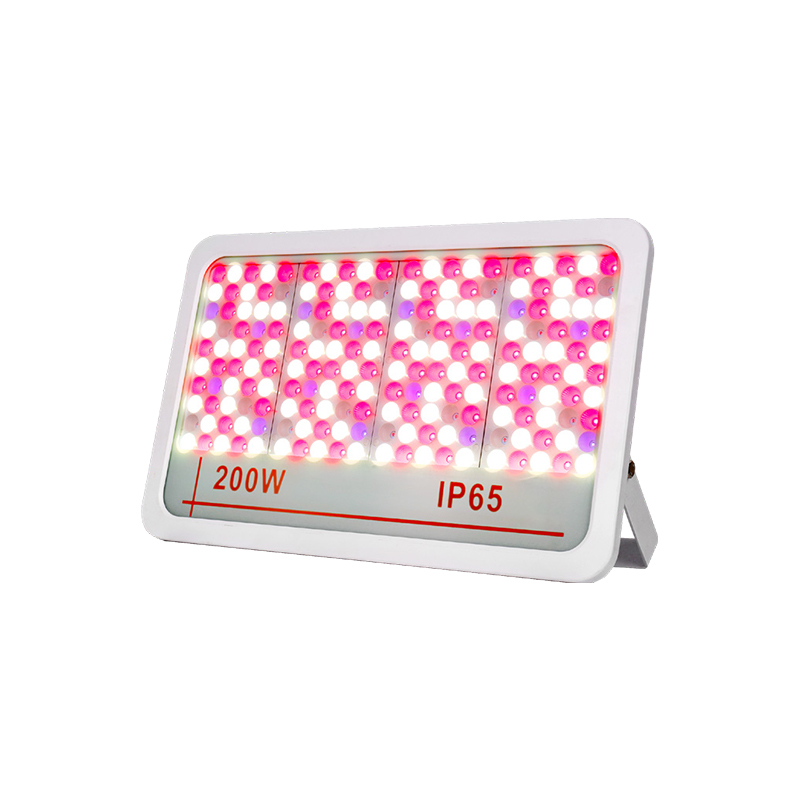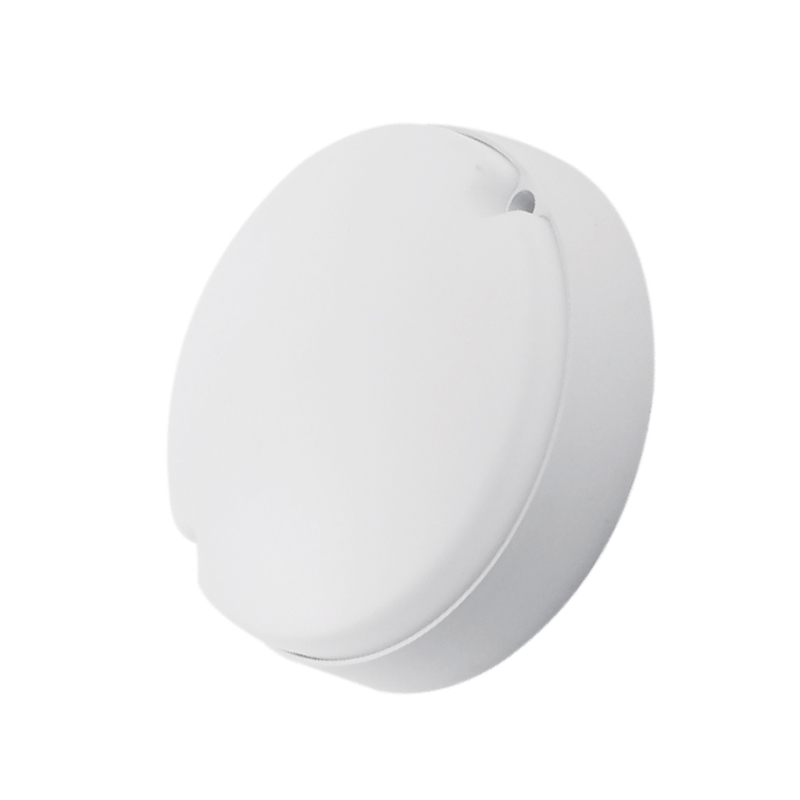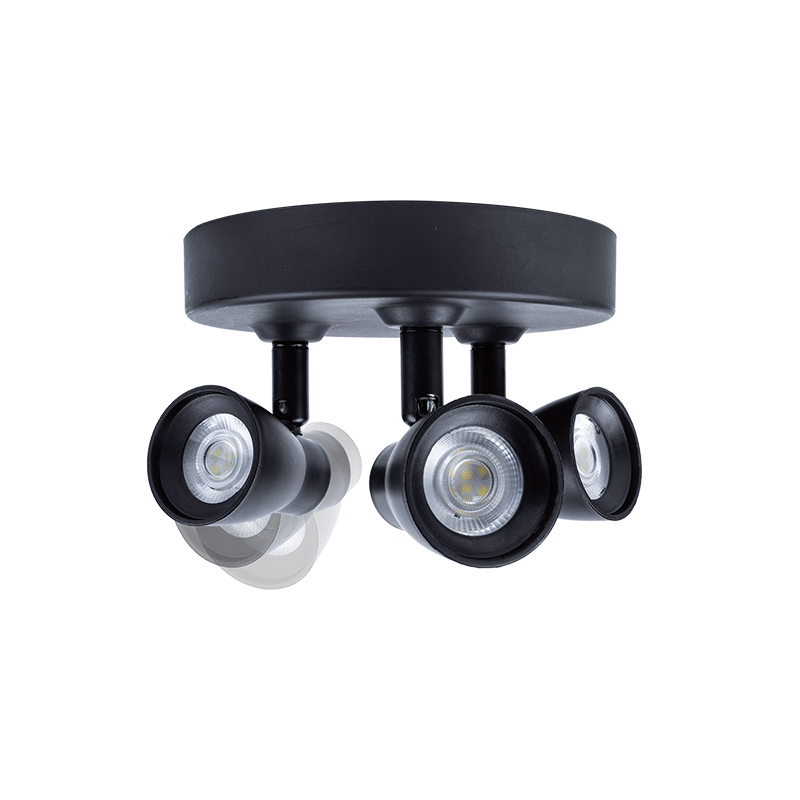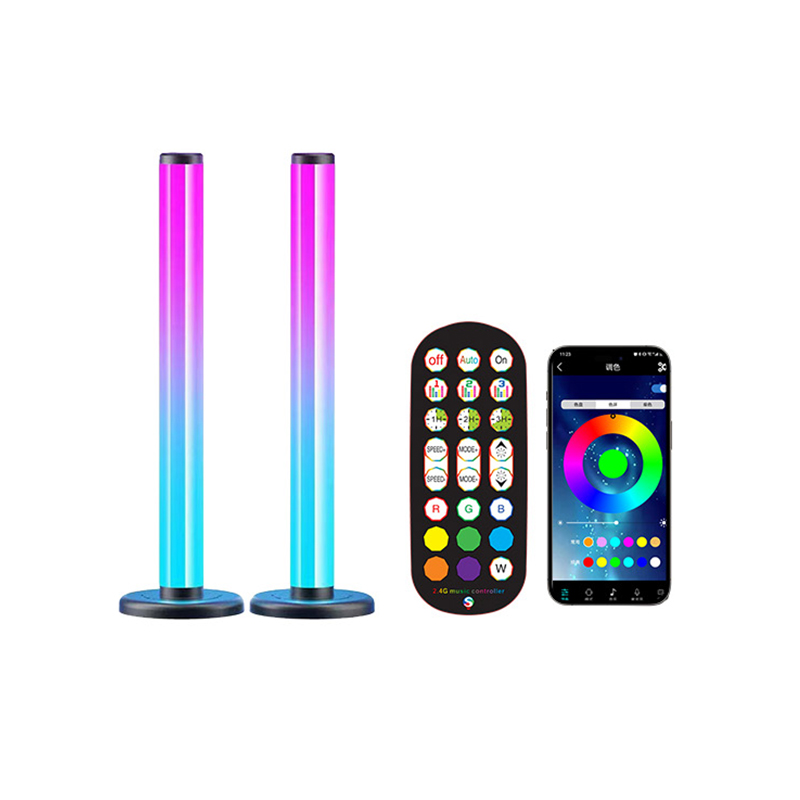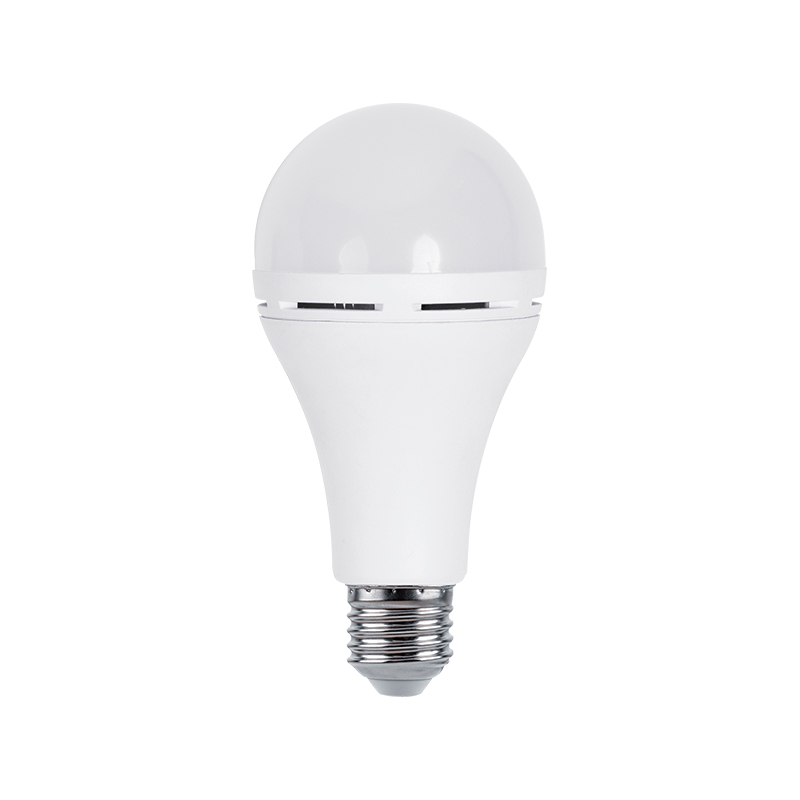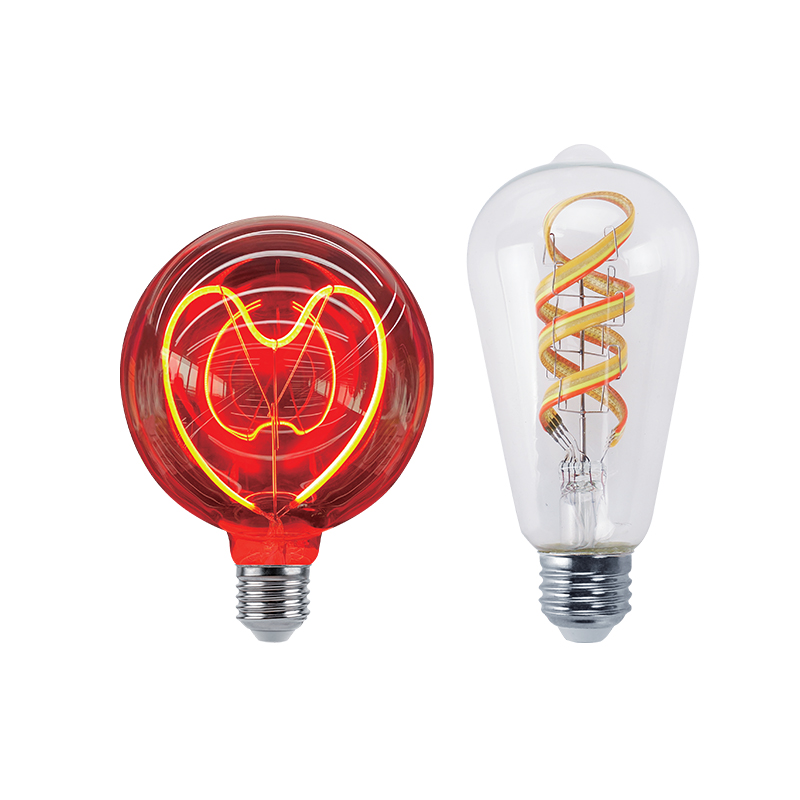We sincerely look forward to establishing a long-term development partnership with you with good quality and professional services.
An LED filament is a lighting element with multiple series-connected LEDs mounted on a transparent substrate such as glass or sapphire. These LEDs are thermally conductive, allowing light to disperse evenly and uniformly. LED filament lights also feature a yellow phosphor coated in silicone resin to convert blue light into white light of approximately 2700 K. While this light source is much more energy efficient than an incandescent bulb, the downsides include degradation of the silicone binder and leakage of blue light.
In addition to a reduced overall energy consumption, filament LEDs are lighter and cheaper to manufacture. They also look like classic incandescent bulbs. While its original goal was to mimic the appearance of an Edison light bulb, its design was not successful enough to win widespread market acceptance, as it failed to address the issues of thermal dissipation and flux geometry.
The LED filament consists of many tiny COB-type LED chips. The chips are distributed unpackaged across a transparent substrate, which enhances their luminous flux. The chips are encapsulated in a silicone and phosphor resin, which turns blue light into white and allows red and blue chips to modulate colour temperature. In addition, the light from LED filament bulbs is remarkably warm and comfortable - just like the light produced by traditional incandescent bulbs.

 English
English Español
Español Deutsch
Deutsch
